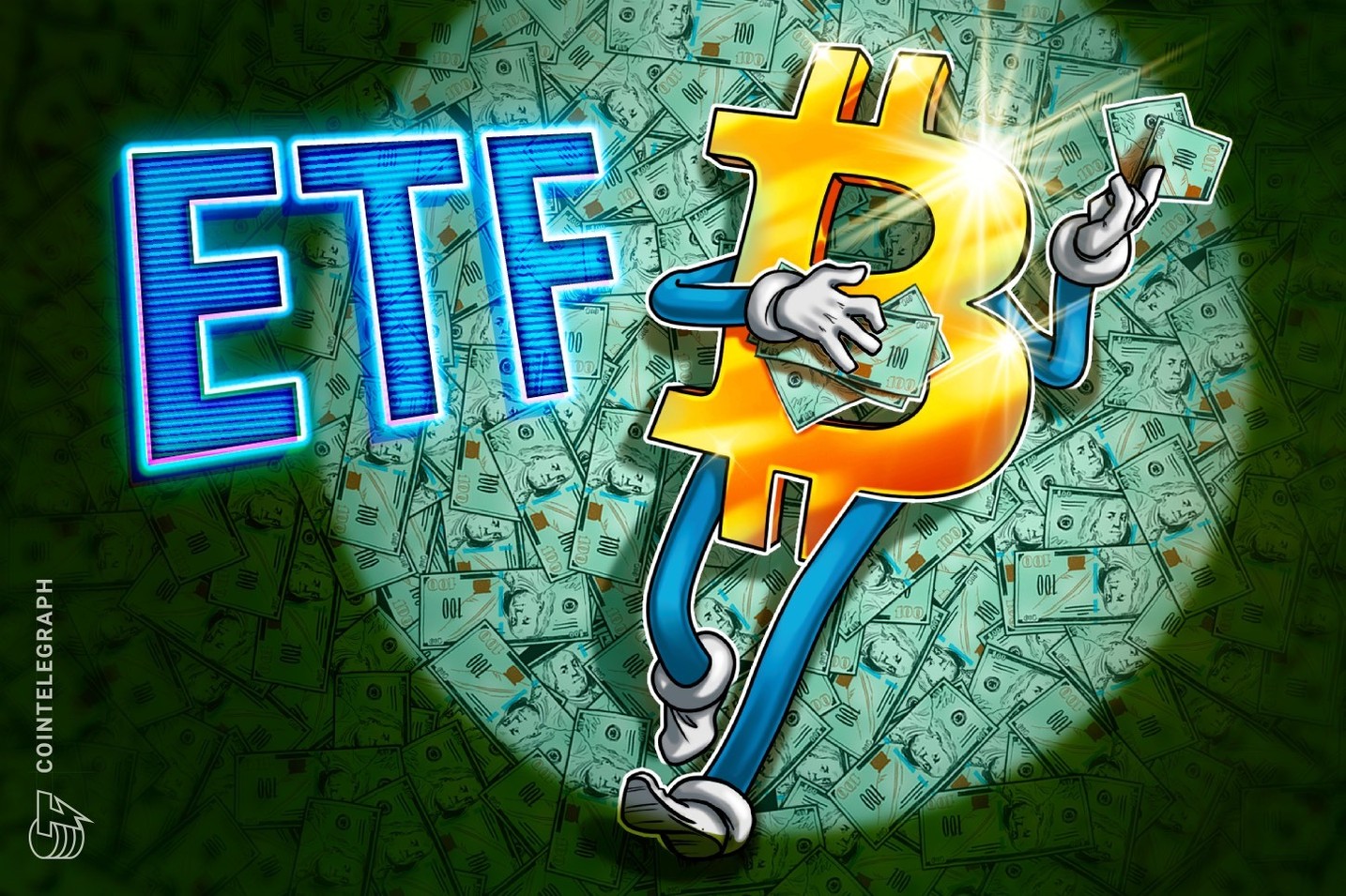
Bitcoin ETFs Experience $238 Million Inflows as Ether ETFs End Outflow Period
Bitcoin ETFs see significant inflows while Ether funds recover from an 8-day outflow streak.
Spot crypto exchange-traded funds (ETFs) saw a significant rebound at the close of the week, with Bitcoin, Ether, and Solana funds all reporting inflows following a period of market volatility and decrease.
On Friday, spot Bitcoin (BTC) ETFs generated $238.4 million in net inflows, reversing the trend from earlier redemptions. BlackRock’s IBIT led this revival with $108 million, complemented by smaller contributions from BITB, ARKB, and BTCO. Even Grayscale’s GBTC, which had been under pressure from outflows, contributed $61.5 million, according to data from Farside Investors.
This recovery came after a problematic outflow of $903 million on Thursday—recorded as the largest single-day exit since the launch of these products in January 2024.
Redemptions that day affected nearly all issuers, with IBIT losing $355.5 million, FBTC experiencing $190.4 million in withdrawals, and GBTC losing $199.4 million in outflows.
 Bitcoin ETFs attract $238 million. Source: Farside Investors
Bitcoin ETFs attract $238 million. Source: Farside Investors
Ether funds end 8-day outflow streak
After eight days of continued redemptions, Ether (ETH) ETFs witnessed a resurgence with $55.7 million in inflows on Friday, mainly thanks to Fidelity’s FETH which brought in $95.4 million.
This turnaround followed a tough period from November 11 to 20, during which Ethereum funds lost a total of $1.28 billion, marking one of the most extended periods of depletion since their inception.
Simultaneously, Solana (SOL) ETFs have been consistently outperforming the general altcoin market, accumulating $510 million in net inflows, primarily driven by Bitwise’s BSOL with $444 million. This group has now achieved a streak of ten days of consecutive inflows.
Ether traders cautiously increase long positions
Despite a sharp decline in Ether prices this week, which saw a 15% drop between Wednesday and Friday and liquidated $460 million in leveraged long positions, data reveals that top traders are gradually increasing their long exposure.
Futures funding rates have incrementally risen from 4% to 6%, suggesting early stabilization signs despite persistent weak bullish demand.



